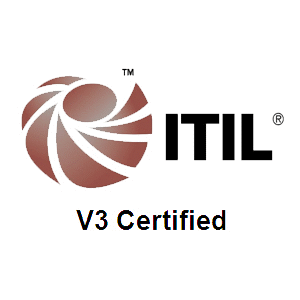PostgreSQL, often referred to as Postgres, is a powerful, open-source object-relational database system that has evolved over decades. It is known for its reliability, feature richness, and strong community support. Below is a detailed timeline of PostgreSQL’s development from its academic roots to its modern-day enterprise-grade capabilities.
📌 1986 – The Birth of POSTGRES at UC Berkeley
The story of PostgreSQL begins with the POSTGRES project, initiated by Professor Michael Stonebraker at the University of California, Berkeley. It was designed as a successor to the Ingres database, aiming to introduce advanced database concepts like extensibility and object-relational features.
📌 1989 – First POSTGRES Prototype Released
The first version of POSTGRES was released to the academic community. It introduced innovative features such as support for custom data types and rules, which were not available in traditional relational databases at the time.
📌 1994 – POSTGRES95: Transition to SQL
The POSTGRES project was renamed POSTGRES95 to reflect its new support for SQL, the standard query language for relational databases. This marked a major shift from its original query language to a more widely adopted standard.
📌 1996 – PostgreSQL 1.0: Open Source Release
PostgreSQL 1.0 was officially released as open-source software. This allowed developers around the world to contribute to its development. The name was changed to PostgreSQL to highlight its SQL capabilities while honoring its POSTGRES heritage.
📌 1997–2004 – Core Feature Expansion
During this period, PostgreSQL added essential features such as:
- ACID-compliant transactions
- Triggers and stored procedures
- Foreign key constraints
- Write-ahead logging (WAL) for crash recovery
These features made PostgreSQL a reliable choice for production environments.
📌 2005 – Enterprise-Ready Enhancements
PostgreSQL introduced several enterprise-grade features:
- Point-in-time recovery (PITR)
- Tablespaces for storage management
- Improved performance tuning options
These updates positioned PostgreSQL as a serious alternative to commercial databases like Oracle and SQL Server.
📌 2010 – JSON Support and NoSQL Capabilities
PostgreSQL began supporting JSON data types, enabling hybrid relational and document-based data storage. This allowed developers to use PostgreSQL for NoSQL-like use cases while maintaining relational integrity.
📌 2016 – Native Partitioning and Parallel Queries
Version 10 introduced:
- Declarative table partitioning
- Parallel query execution
- Logical replication
These features significantly improved performance and scalability for large datasets.
📌 2018–2023 – Cloud Integration and Modernization
PostgreSQL became a first-class citizen in cloud environments. Major cloud providers like AWS, Google Cloud, and Azure offered managed PostgreSQL services. Features like just-in-time (JIT) compilation, improved indexing, and enhanced monitoring tools were added.
📌 2024–2025 – Continued Innovation
Recent versions have focused on:
- Improved write scalability
- Advanced logical replication features
- Better support for distributed systems
- Enhanced developer experience with SQL/JSON improvements
PostgreSQL continues to evolve with a strong roadmap and active global community.
✅ Conclusion
PostgreSQL has grown from a university research project into one of the most trusted and widely used open-source databases in the world. Its commitment to standards, extensibility, and performance makes it a top choice for developers, startups, and enterprises alike.
#PostgreSQL, #Database, #OpenSource, #TechHistory, #SQL, #Postgres, #DatabaseDevelopment, #PostgreSQLTutorial, #PostgreSQLEvolution, #PostgreSQLFeatures, #CloudDatabase, #EnterpriseTech, #PostgreSQL2025, #PostgreSQLExplained, #SoftwareEngineering

